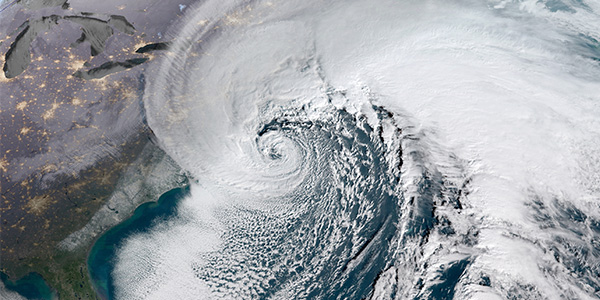By Michael Kuser
ISO-NE on Wednesday said it expects to have sufficient capacity on hand this winter to meet load, which it forecasts will peak at 20,357 MW in normal weather conditions or 21,057 MW in extreme cold.
The region contains 4,500 MW of natural gas-fired generating capacity at risk of not being able to get fuel when needed, the RTO estimates.
“Last winter demonstrated just how much the weather can impact power system operations, not just in terms of consumer demand for electricity, but in the ability of generators to access fuel,” Peter Brandien, ISO-NE vice president for system operations, said in a statement.
During a two-week cold snap that started the day after Christmas in 2017, the region burned 2 million barrels of oil, more than it would in an entire year of more temperate weather. Shortages of natural gas continue to be a major concern for the grid operator.
Extreme cold weather constrains natural gas pipelines’ ability to deliver fuel for gas-fired plants and can also impact oil and LNG deliveries and generation from renewable resources, ISO-NE said. (See Familiar Winter Story: ISO-NE Braces for Gas Shortages.)
New initiatives by the RTO include forecasting the region’s available energy supplies for the next 21 days and providing a market mechanism to ensure that limited fuel supplies are used when they are most valuable for system reliability and cost-effectiveness.
Earlier in November, Mark Karl, ISO-NE vice president for market development, said the RTO is looking to create a new “energy inventory reserve constraint” to optimize the use of limited energy over more extended periods compared with how markets are currently designed to optimize energy over the course of an operating day. (See New England Talks Energy Security, Public Policy.)
The grid operator on June 1 integrated price-responsive demand into its markets and its new Pay-for-Performance rules, which provide for enhanced incentives in the form of bonus payments and institute financial penalties, ensuring resources are ready to meet their obligations to provide energy and reserves or reduce demand if needed. (See ISO-NE Begins Real-time Dispatch of Demand Response.)
The 2018/2019 winter outlook forecasts availability of 32,300 MW of resources with capacity supply obligations from the Forward Capacity Market, and total resources of 34,415 MW. The winter 2017/2018 peak demand of 20,631 MW occurred on Jan. 5, 2018, during the 5 to 6 p.m. hour.
The all-time winter peak in New England of 22,818 MW occurred on Jan. 15, 2004, while the all-time peak demand of 28,130 MW occurred on Aug. 2, 2006.



